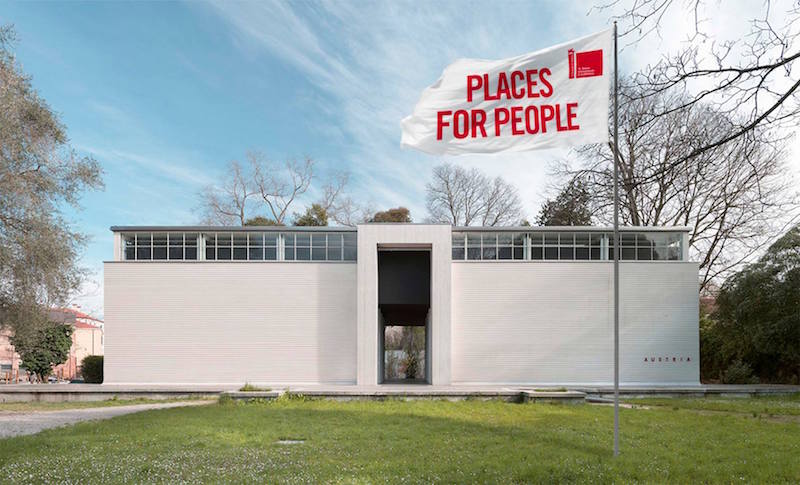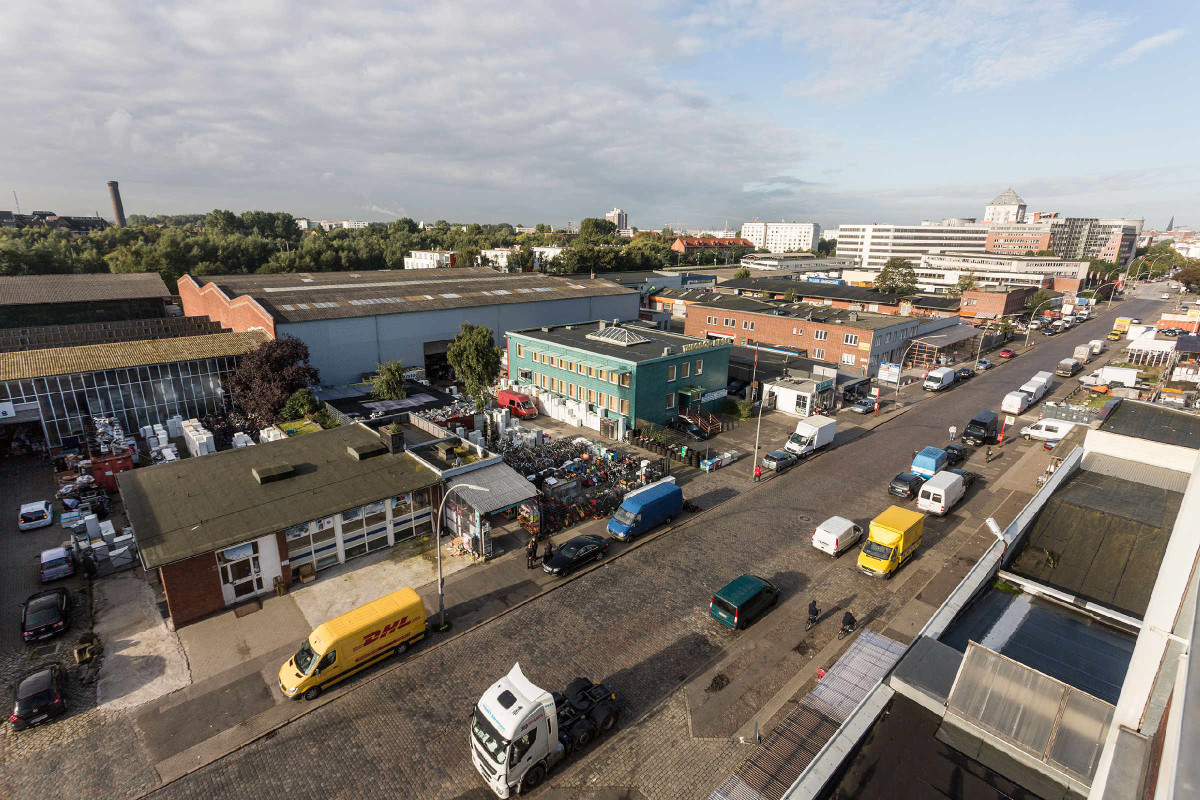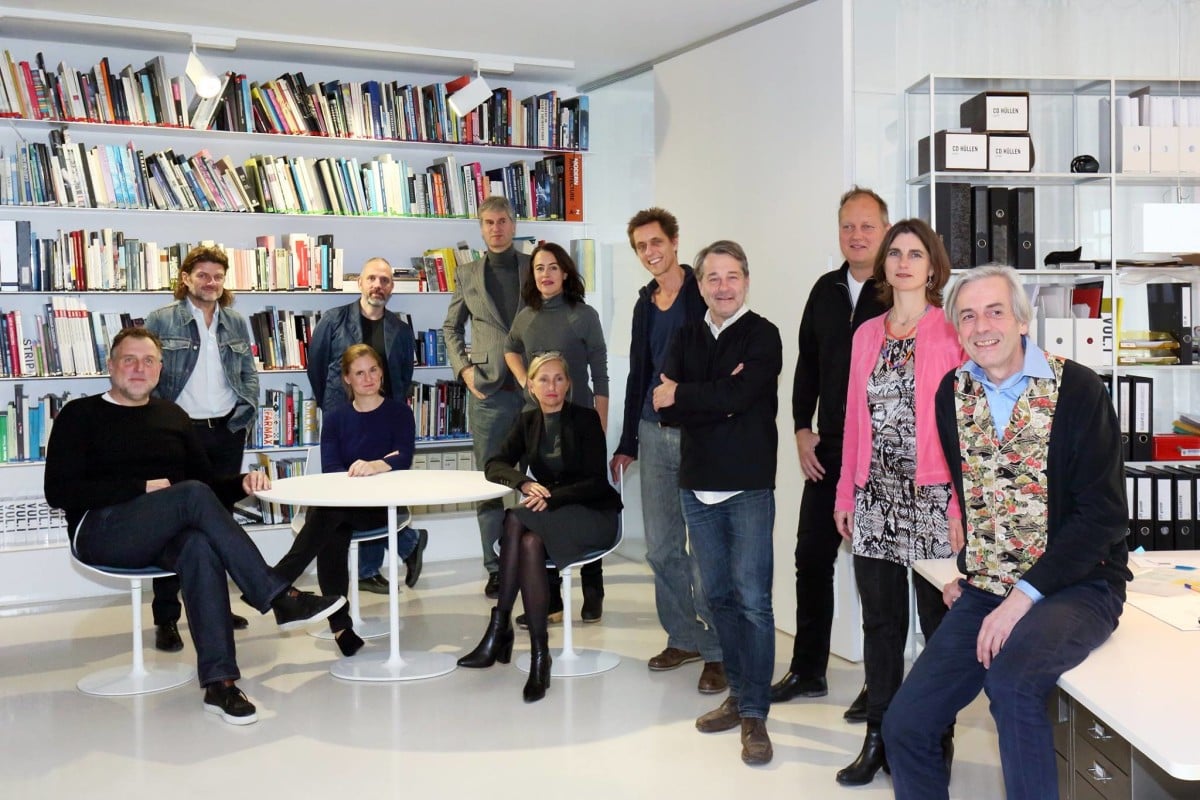Art World
Germany and Austria Will Address Refugee Crisis at 2016 Venice Architecture Biennale
The subject is as topical as it is urgent.

The subject is as topical as it is urgent.

Henri Neuendorf


Germany will present a range of different innovative housing solutions for refugees at the upcoming architecture biennale.
Photo: Philipp Reiss via makingheimat.de
Ahead of the opening of the 15th Venice Architecture Biennale in May 2016, Austria and Germany have revealed that both their exhibits will present architectural solutions to the European refugee crisis.
According to a press release, the design concept behind the German Pavilion “is meant to make a statement about the current political situation.”
Curated by the Deutsches Architekturmuseum (DAM), “Making Heimat. Germany, Arrival Country” will focus on creative housing formats to serve the influx of asylum seekers. Entries have been gathered by the DAM since it issued a call for proposals last October.
A “Refugee Housing Database,” established in collaboration with the architecture magazine Bauwelt and gathering proposals for buildings for refugees designed and built in Germany, will go live on the website www.makingheimat.de tomorrow, March 10.
Organizers have stressed that Germany’s entry reflects the “enormous efforts being made by everyday citizens” who have ensured that “integration is something conspicuous within the urban fabric.”
Over the last 18 months, Germany has taken in over 1 million refugees fleeing war and poverty in the Middle East and North Africa.

Austria is re-developing empty office buildings parallel to its installation at the Austrian Pavilion in Venice.
Photo: Austria at the Venice Biennale via Facebook.
Meanwhile, Austria’s project focuses on the conversion of disused office buildings in Vienna to house new arrivals. Titled “Orte Für Menschen“ (places for people), its emphasis is on creating living and sleeping quarters for the city’s refugees.
Three architectural and design agencies—Eoos, Caramel, and Next Enterprise—have been tasked with coming up with projects for the conversions of the buildings.
One of the agencies is tackling the challenge from a social perspective by looking for ways to breath life into the dreary office environments. Another is cooperating with the Catholic charity Caritas to link the refugees’ living quarters with the city. And the last agency is seeking to provide short-term “emergency architecture.”

The team behind Austria’s 2016 Venice Architecture Biennale project.
Photo: Austria at the Venice Biennale via Facebook.
“This year’s contribution to the Venice Architecture Biennale goes well beyond the intervention at the Hoffmann Pavilion,” architect and Austria’s commissioner Elke Delugan-Meissl said at a press conference. “I haven’t viewed this housing project as an experiment for a long time. I see it as a necessity, as we in the city have to respond to the current political circumstances,” she added.